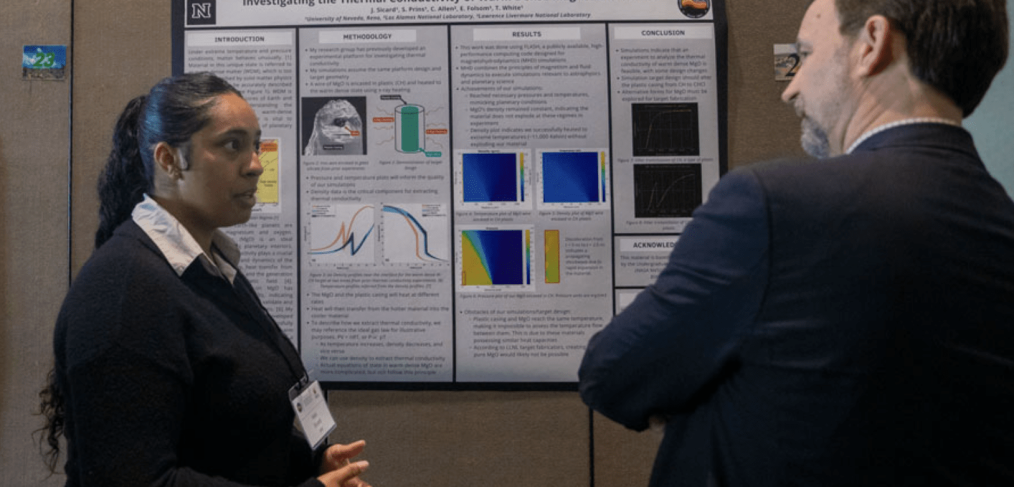UK’s Alexandre Martin wins NASA medal for advancing space technology
LEXINGTON, Ky. (Aug. 8, 2025) — Alexandre Martin, Ph.D., professor in the Department of Mechanical and Aerospace Engineering (MAE) in the Stanley and Karen Pigman College of Engineering at the University of Kentucky, has been awarded the NASA Exceptional Public Service Medal — one of the highest honors given to individuals outside the agency.
The medal is a prestigious honor awarded to nongovernment individuals who have made outstanding contributions to NASA’s mission. It recognizes sustained excellence across multiple projects, programs or initiatives that have significantly advanced the agency’s goals.
“Receiving the NASA Outstanding Public Service Medal is humbling and also quite meaningful,” Martin said. “It’s a reminder that the work we do with students at universities can contribute to something much larger. I’m honored to be part of the NASA mission and grateful to stand alongside so many dedicated minds, pushing boundaries.”
According to NASA, Martin was awarded the medal for his “exceptional public service in advancing NASA entry systems technologies and fostering a U.S. engineering and technology talent base.”
Read the full article on uknow.uky.edu
Image Credit: Photo courtesy of Pigman College of Engineering.
Author Credit: Lindsey Piercy
Original Post Date: Aug. 8, 2025











